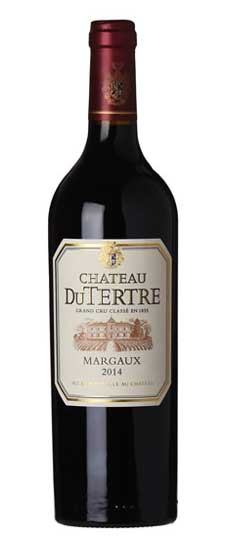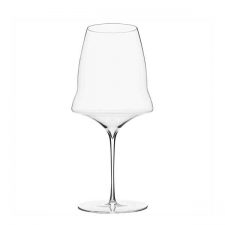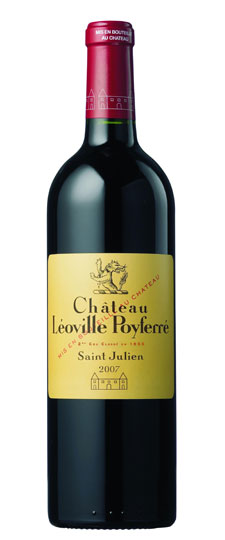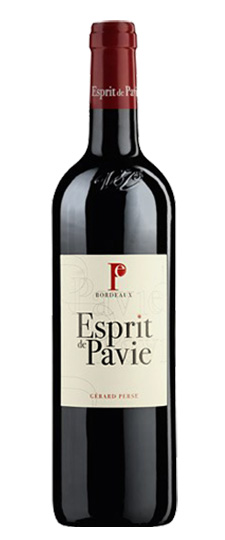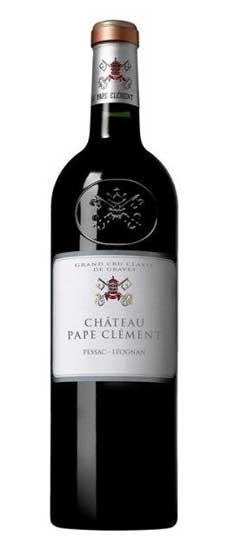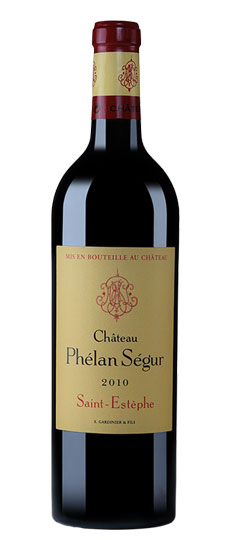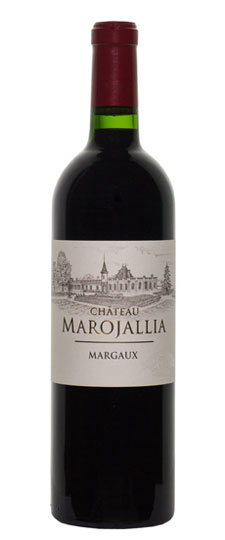Wine Score
95 points James Suckling
A red with currant and blueberry aromas and flavors and some citrus and vanilla. Medium body and creamy, integrated tannins. Shows finesse and depth for the vintage. One of the best from the appellation. Serious for the vintage. Drinkable now, but much better in 2022.
95 points Jeb Dunnuck
Based on a blend of 68% Cabernet Sauvignon, 27% Merlot, 3% Cabernet Franc and 2% Petit Verdot, the 2017 Chateau Leoville-Poyferre saw malolactic in barrels and spent 18 months in 80% new French oak. Sporting a deep ruby/purple hue, it delivers big, powerful notes of blackberries, blackcurrants, crushed violets, tobacco, and a touch of chocolate. Possessing medium to full-bodied richness, a rounded, opulent texture, and sweet tannins, it’s unquestionably one of the biggest, richest wines in the vintage. Give bottles 4-6 years of bottle age and enjoy over the following 2-3 decades. Tasted twice.
Grape Variety
Bordeaux Blend
A Bordeaux Blend is a blended red wine that contains only those varieties that are authorized for use in the red wines of the Bordeaux region of France. Bordeaux is the most famous and highly coveted wine blend in the world. Like many wines with a long history, there’s a lot to learn, so we’re here to just cover the basics.
- Red Bordeaux blend is primarily composed of Cabernet Sauvignon, Merlot, and Cabernet Franc, with smaller portions of Malbec and Petit Verdot.
- White Bordeaux blend is primarily made of Sauvignon Blanc and Sémillon, with a splash of Muscadelle in the mix
While there are both red and white Bordeauxs, the name Bordeaux is primarily associated with the red wine blend. Red Bordeaux is a red wine that is always made from blending Cabernet Sauvignon wine and Merlot wine together, though the proportion of each depends on the location of the winery that made the wine.
- Left bank blends : tend to be higher in tannins, alcohol and acidity. They are powerful, rich wines that are said to age a bit better than wines from the Right Bank.
- Right bank blends : tend to be softer, less tannic and lower in alcohol and acidity. Because Merlot is the dominant grape, they are much more juicy and usually ready to be drunk much earlier than Left Bank Bordeauxs, and they’re often less expensive.

